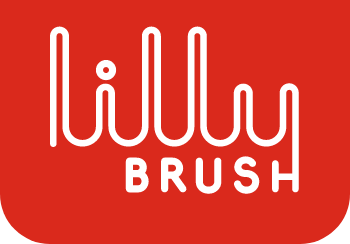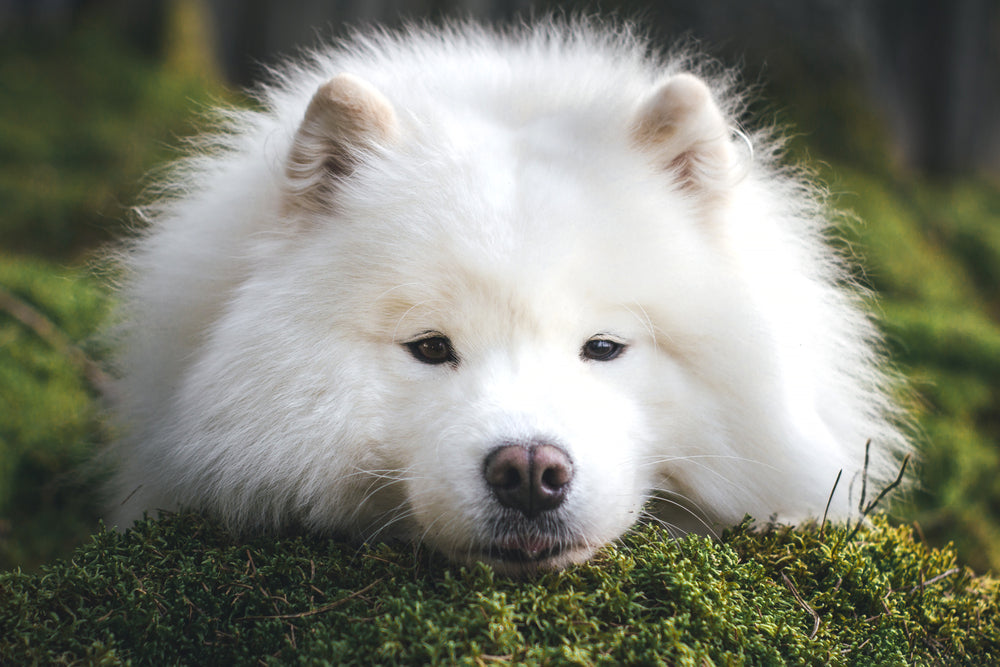If you are someone with a shedding pet, then you may be familiar with the joys of pet hair. It can get everywhere – your clothes, furniture, car. Even if you are the parent of a no-shed pet, it is a good idea to understand your pet’s hair.
But… where to begin? Dog, cat, long, short, double – the list goes on and on. Well, if you are looking to understand your pet’s coat better, the answer is here! Here is your guide to understanding different types of pet hair.
Starting Off: Dogs
If you have a pupper, you probably have an idea of their coat type just by looking at them. It is possible you considered your pet’s coat before adding a new furry friend to your family. This can especially be relevant if you are someone with allergies.
Did you know there is a difference between hair and fur?? For a brief little intro, check out this awesome quick video from Nick White!
Turning to coat types…
You may be familiar with these simple classifications: short, medium, long. You may be familiar with smooth short coats like that of a Doberman. These coats are relatively low maintenance and may be advantageous for warm weather climates.

Medium length coats can include dogs like golden retrievers. Brushing is to be expected, which is especially true for long-hair breeds as well. Long hair dogs are likely to require much more upkeep, and certain breeds can expect regular grooming needs.

Double Coats
Dogs can have a double coat with a short undercoat and a furry outer coat. Double coats are frequent in long-haired breeds. These types of dogs can experience shedding seasonality, where they have two distinct shedding seasons brought on by seasonal weather change.

Coat Textures
Curly-hair pet parents may experience little to no shedding. For those with allergies, curly hair breeds may fit your family best. If you are looking to adopt a pet and are wanting to learn more about hypoallergenic breeds, check out this piece from the American Kennel Club on Hypoallergenic Dogs.
For wired coats, regular upkeep is to be expected to remove old hair. These breeds are known for their distinguishable appearance, like terriers and schnauzers. These coats may experience seasonal shedding depending on the climate.
Although more rare, hairless breeds do exist! It is important to note these pups have sensitive skin and may benefit from a jacket to keep them warm in colder climates. Much like us humans, these dogs need sun protection and moisturization.
So… .whether you own a fluffer or a smooth hound, it is a good idea to understand their coat. This can help you better understand their shedding and grooming. For more information on shedding, check out this thorough piece: Dog Coat Types & How They Shed Differently, and for more thorough detailed grooming and upkeep suggestions, check out Dog Coat Types and Grooming Tips.
Turning to… Cats!
If you are a cat person, you may know that these tiny beasts can be quite fur machines! If you are someone like me – a lover with cat allergies – it is a good idea to spot the different coat classifications.
Long-hair cats are efficient little fluffs that will spend a lot of time cleaning themselves. If you are a long-haired cat parent, you probably find lots of cat hair around the house. And, if you are like me, these types of cats may cause those with allergies to sneeze the most!

Unlike long-hair cats, short-hair cats need less attention and grooming. While still potential shedders, much less hair around the house is to be expected. However, if you are looking for a furless feline, a hairless cat may be the furry friend for you. These cats can be extra cuddly to preserve their body heat.


Dealing with all that hair…
Whether you are the pet parent of a low-shed dog or a long-hair cat, any amount of pet hair can get pretty annoying. From your clothes to your couch, maintaining a pet-filled home is no easy task. Luckily though, there are tools that can help with all that mess!
For those sweaters that your pet loves to curl up into, check out the Be Forever Furless Mini!
This is especially beneficial for those with double-coated pet friends that may leave soft, clingy undercoat hairs on your lap. And for those same double-coated pets, check out the Fluffy Pet Brush to help maintain a fur-free space.
For those of you with pet messes here and there or anywhere, you can’t go wrong with having a signature Mini Pet Hair Detailer on hand. Fitting in the palm of your hand, I love to keep this tool nearby for quick and easy pickups brought on by my little feline.
In Closing…
So, now that you know more about the different types of hair and some great upkeep tools, you are all set to concur the next shed season or lack thereof. Pets can be such amazing family members, but it is always a good idea to keep different types of pet hair in mind when adding a new furry friend to your home.




